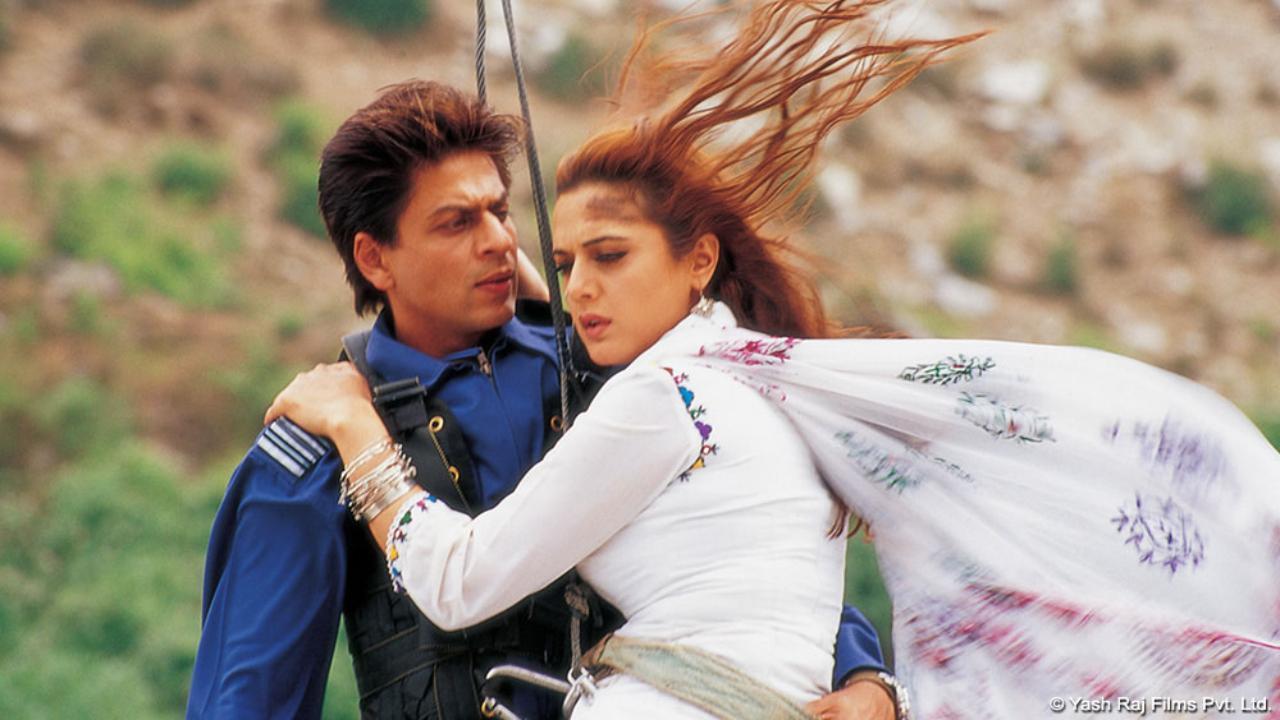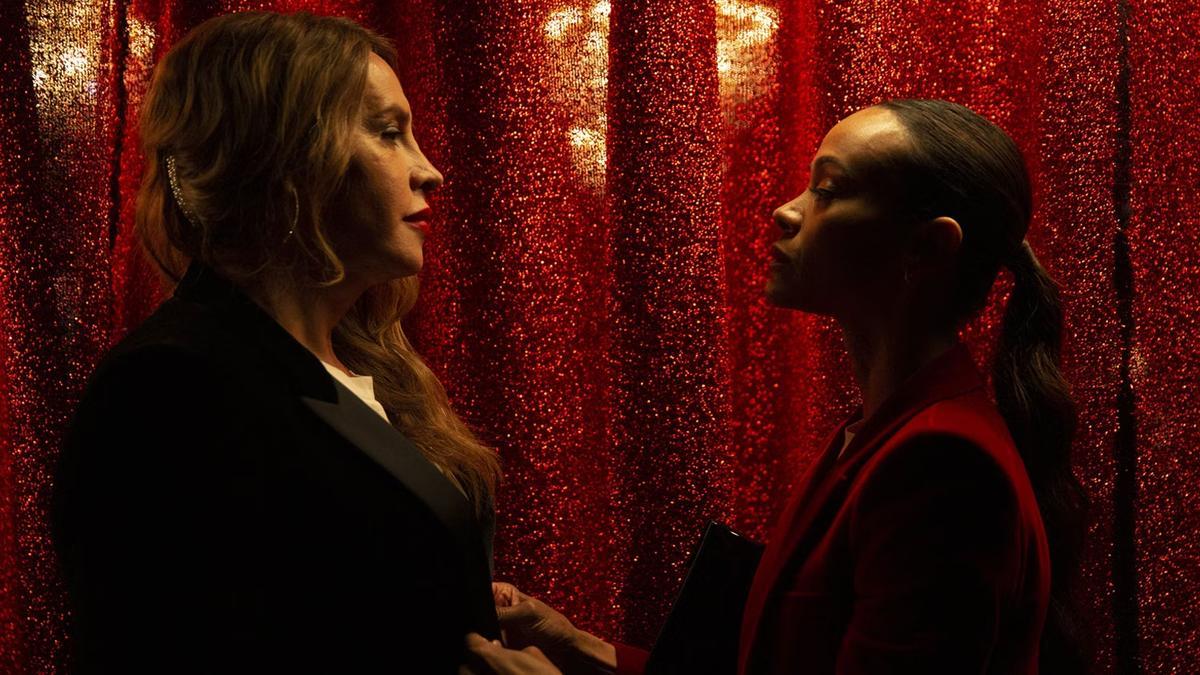
In what can be seen as an audacious cinematic endeavor, filmmaker Nirmal Chander has managed an extraordinary feat – not one, but two films on the enigmatic figure of Indian classical music, Annapurna Devi. Despite never meeting the reclusive musician in person, Chander has created profound narratives that attempt to bring her closer to the world. The films ‘Guru Ma’ (2019), commissioned by the Sangeet Natak Akademi, and the more recent ‘6-A, Akash Ganga’ produced for the Annapurna Devi Foundation, paint portraits of a life shrouded in mystery.
Annapurna Devi’s story began in Maihar in 1927. She was the daughter of Ustad Allaudin Khan, a maestro who only chose to impart his knowledge upon seeing evidence of her extraordinary musical talent. Their bond was profound; he was both her father and her guru. She was wed to another musical legend, Pt Ravi Shankar, in 1941, a union that tumultuously coalesced her art and personal life, ultimately driving her to solitude. This move towards recluse was fortified when Shubhendra, her son with Shankar, left her to join his father in the US in 1970, severing contact until his death in 1992.
Devi was a master of the surbahar, a deeper, resonant sibling of the sitar. Her withdrawal from public performance early in her career has led to her being remembered as a spectre of ‘what-if’ genius by the lucky few who had witnessed her play. As she aged, rubbing shoulders with anonymity, she expressed a wish to let her life be known. A Bengali interview with Tathagatha Ray Chaudhury and a conversation with Shekhar Sen about her father’s legacy were mere glimpses into the private existence she led. Yet, with the film, her trust in Nityanand Haldipur, who cared for her akin to a son, is evident.
The new reel saga captures Annapurna Devi’s exceptional musicianship through accounts from disciples like Dr. Vinay Bharat Ram and Carnatic singer Shakuntala Narasimhan, who reminisce about her last concert with Pt Ravi Shankar in 1955. Despite her sworn aversion to perform, she broke her vow just once, in a haunting performance in Calcutta in the mid-1960s. Ustad Allaudin Khan’s words to her echo through history, stating that she need only dedicate her music to the divine, and not the public, who might not have the palate for her spiritual rendition.
Chander received an enviable level of creative liberty from the Annapurna Devi Foundation; his depiction is heartfelt and respectful. Seen through Nityanand Haldipur’s vantage, the film narrates her life, and breathes life into memories that, while personal, resonate with the loss and longing of an artist. Oliver Craske, Pt. Ravi Shankar’s biographer also offers insight, providing a semblance of balance to the tale of their fraught marriage.
The 80-minute masterpiece delves into various terrains – from her personal diary entries to audio excerpts – giving voice to a silence that had become synonymous with Devi. It does not profoundly explore her relationships with all her disciples, possibly because ‘Guru Ma’ had already shed light on her significant pedagogical contributions. When filming began 10 days before her demise in 2018, capturing her essence became a race against time, resulting in an absence of footage starring Devi herself.
The film, while a labor of love, preserves her enigmatic stature. Posthumously, her bedroom was shown strewn with mementos of her existence, raising questions about the respect for her well-known desire for privacy. Her diary remains a sealed fountain of her innermost thoughts, protected by Haldipur and the Annapurna Devi Foundation, adding layers to her already unfathomable persona.
In totality, even with the cinematic exposition, Annapurna Devi remains largely an unsolved puzzle, a melody uncaught, and a story half-told. The reclusive genius of Indian classical music, whose life was a juxtaposition of beatific melodies and personal tumult, continues to be an uncharted symphony. Nirmal Chander’s attempt with ‘6-A, Akash Ganga’ is not to uncover, but to celebrate the impenetrable mystique of Annapurna Devi, nurturing her legend even in the absence of her physical presence.










